Exploring Frank Lloyd Wright's early career and architectural identity
A new exhibition on Frank Lloyd Wright at the Elmhurst Art Museum, titled ‘Wright before the ‘Lloyd'', explores the celebrated architect's early career and trajectory as he defined and built his, now well-known, architectural identity
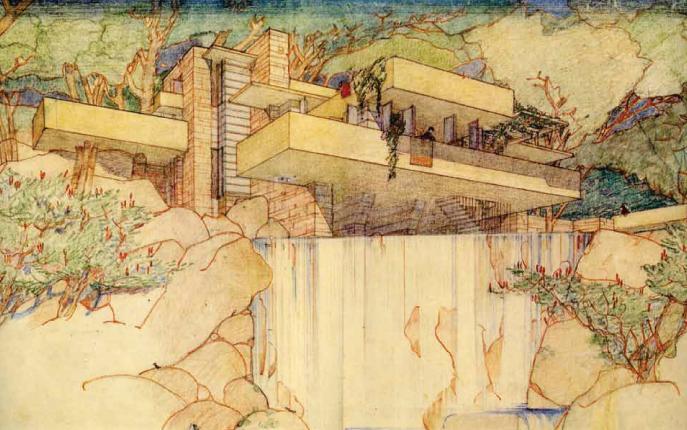
At the end of the 19th century, the architect who would later be known as Frank Lloyd Wright was still seeking his architectural voice. A new exhibit at the Elmhurst Art Museum, by City of Chicago cultural historian Tim Samuelson, titled ‘Wright Before the ‘Lloyd'', chronicles how Frank Lloyd Wright was influenced by early mentorships with architects J. Lyman Silsbee and Louis Sullivan and other design disciplines in the development of his own distinctive style.
Samuelson assembled the exhibit from his private collection of photographs, computer-aided reproductions and material scraps, several of which were rescued from demolition sites or the dumpster. The exhibit is mounted in three adjoining galleries, beginning with Wright’s childhood in Wisconsin and progressing chronologically to conclude with the first designs signed as ‘Frank Lloyd Wright'.
‘You could see his work evolving, then there is a period (between 1896 and 97), and he turns 30 years old. He figured out where he wants to be... but you can still find the essences of all those other influences if you know where to look,' Samuelson says.
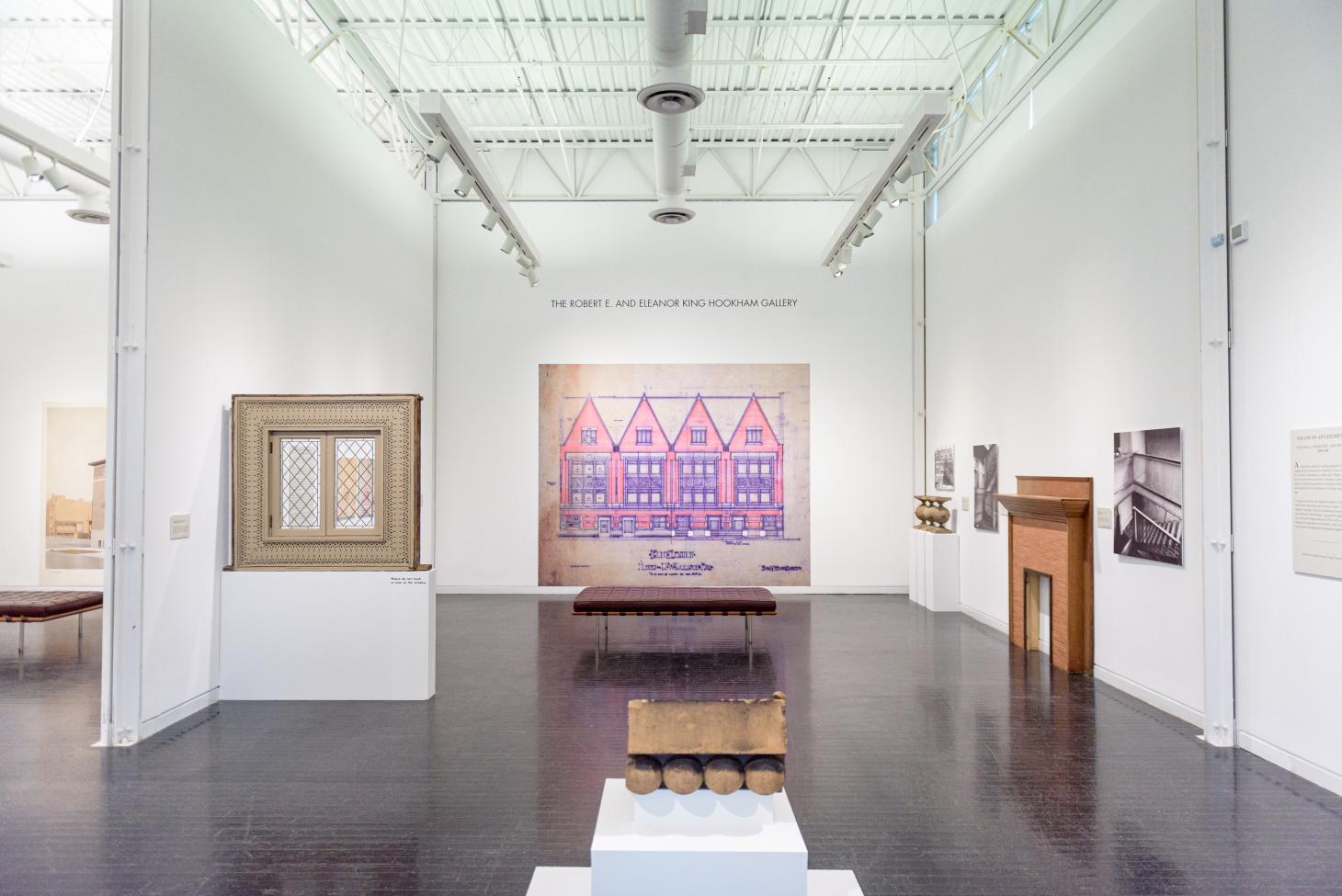
Wright Before the ‘Lloyd' installation. Photography: Steven Koch
Much of the exhibit focuses on Frank Lloyd Wright's collaborations with Louis Sullivan, with whom the architect shared a special gift, he says. ‘He was able to synthesize a solution drawn from all of those things just the way Google works. It's an unusual comparison to make but it absolutely works perfectly,' he adds.
Wright also had a special ability to think in three dimensions and visualize space, giving his buildings a dynamic effect, Samuelson says: ‘The idea of how a human being can experience three-dimensional space by moving through it. He knew how to orchestrate this. The buildings were functionally efficient but they were inspiring, and you would get the sense of smaller spaces opening into large spaces. Light became part of his palette where it would penetrate the spaces.'
‘Wright before the ‘Lloyd'' runs through to 14 February 2021 and is free with museum admission.
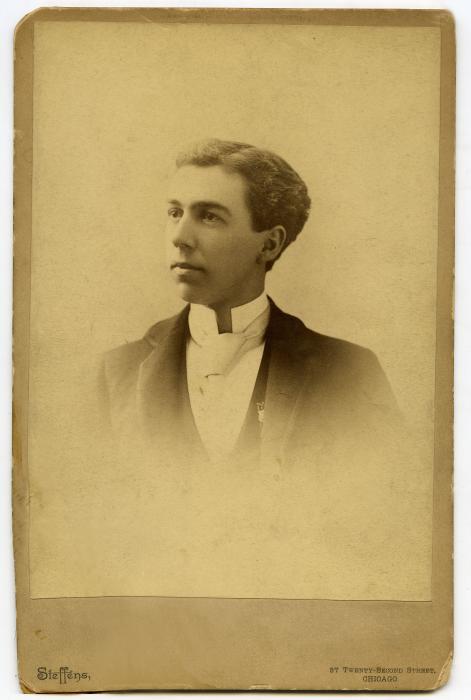
During the early years, the architect signed his name ‘Frank L. Wright’. Image: Frank Lloyd Wright Preservation Trust
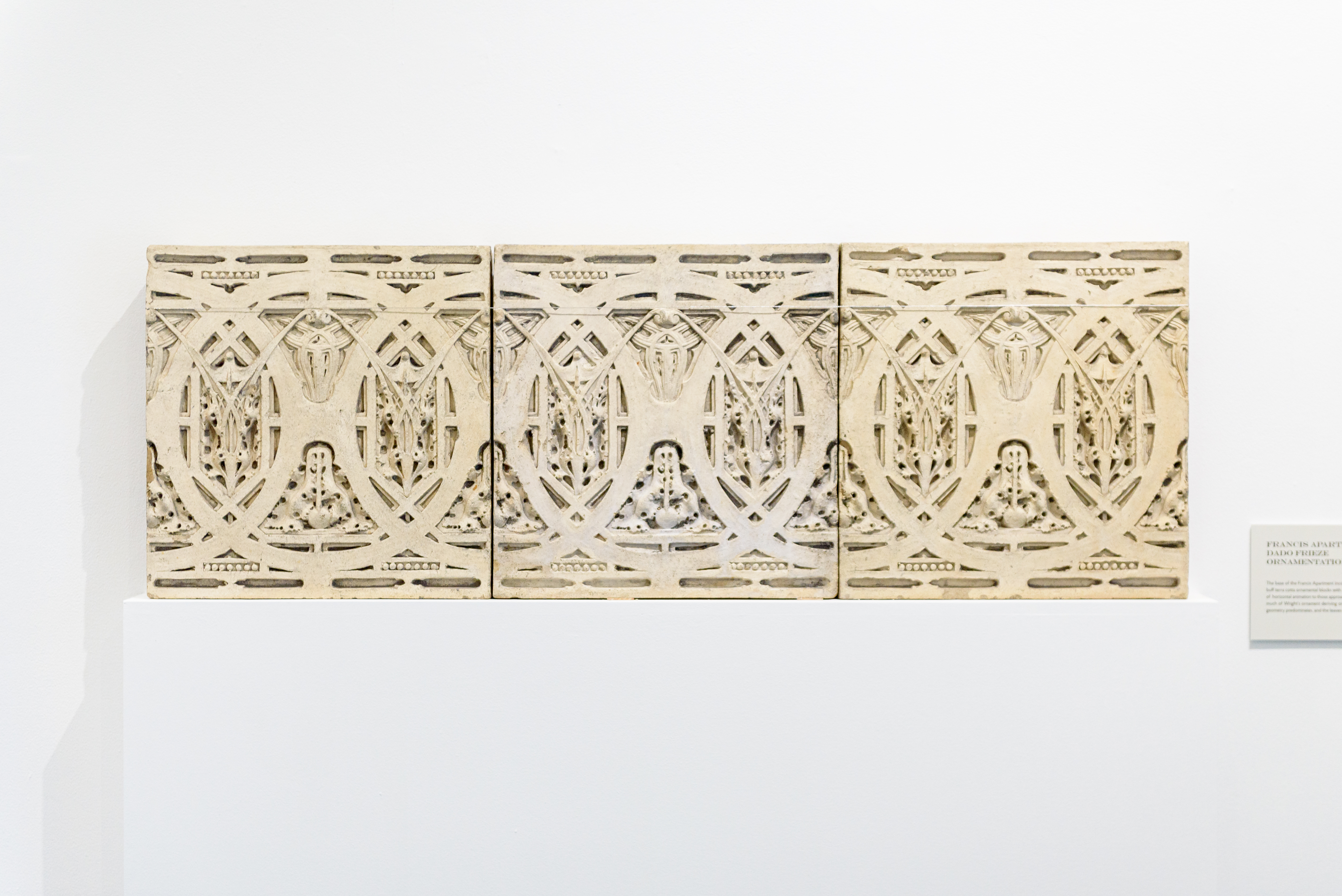
Wright Before the ‘Lloyd' installation. Photography: Steven Koch
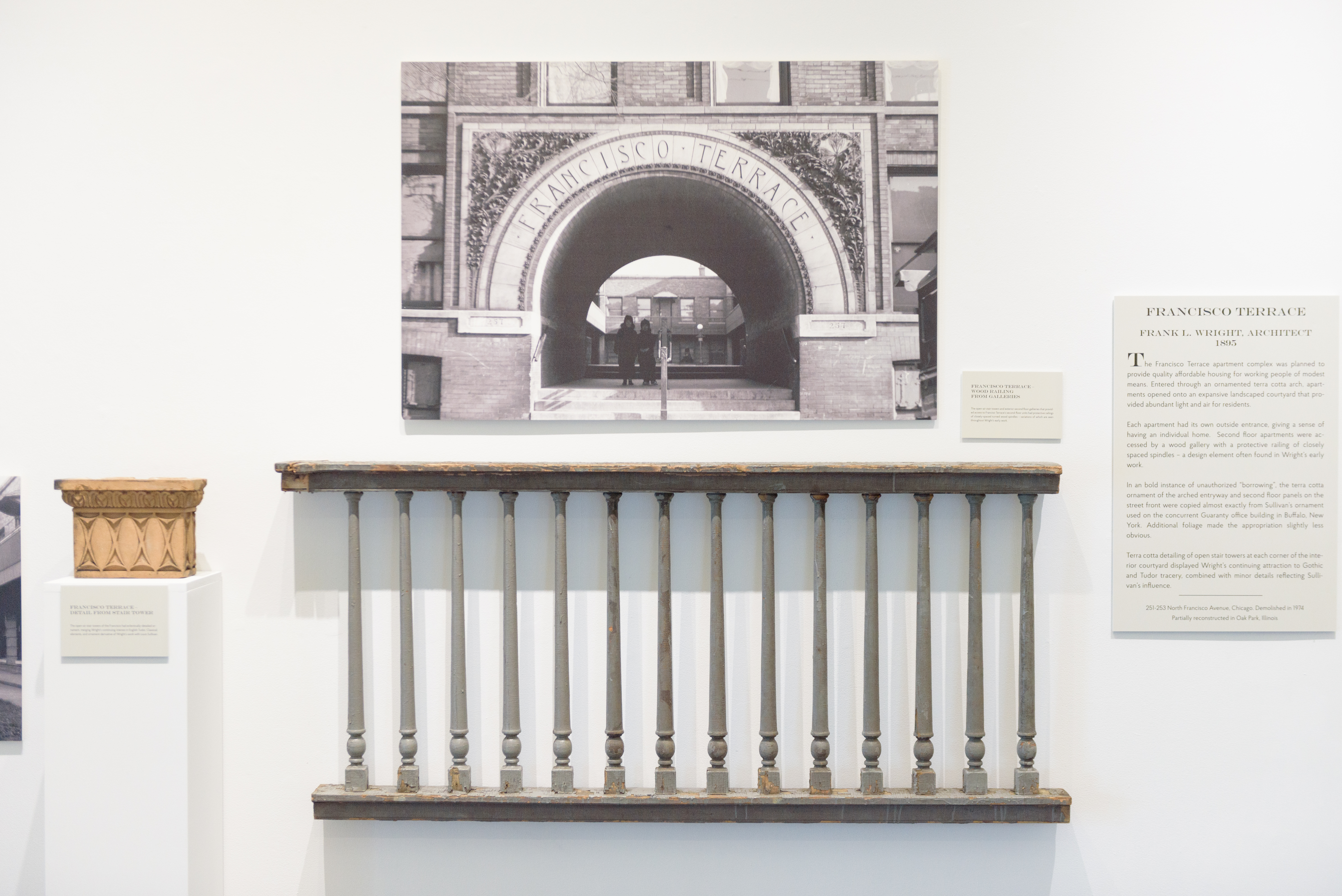
Wright Before the ‘Lloyd' installation. Photography: Steven Koch
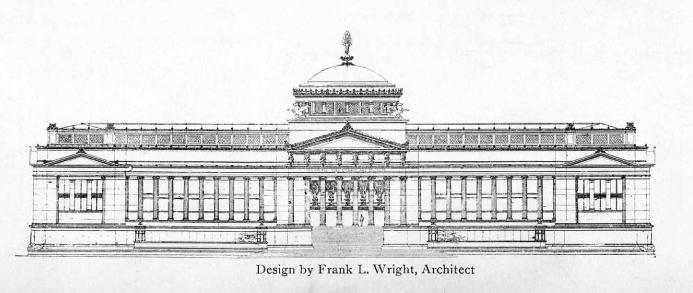
Frank Lloyd Wright, Robert W. Roloson House drawing, 1894, Chicago, Illinois. Image courtesy of Tim Samuelson

Wright Before the ‘Lloyd' installation. Photography: Steven Koch
INFORMATION
Wallpaper* Newsletter
Receive our daily digest of inspiration, escapism and design stories from around the world direct to your inbox.
Audrey Henderson is an independent journalist, writer and researcher based in the greater Chicago area with advanced degrees in sociology and law from Northwestern University. She specializes in sustainability in the built environment, culture and arts, policy, and related topics. As a reporter for Energy News Network since 2019, Audrey has focused her coverage on environmental justice and equity. Along with her contributions for Wallpaper*, Audrey’s writing has also been featured in Chicago Architect magazine, Next City, the Chicago Reader, GreenBiz, Transitions Abroad, Belt Magazine and other consumer and trade publications.
-
 Eight designers to know from Rossana Orlandi Gallery’s Milan Design Week 2025 exhibition
Eight designers to know from Rossana Orlandi Gallery’s Milan Design Week 2025 exhibitionWallpaper’s highlights from the mega-exhibition at Rossana Orlandi Gallery include some of the most compelling names in design today
By Anna Solomon
-
 Nikos Koulis brings a cool wearability to high jewellery
Nikos Koulis brings a cool wearability to high jewelleryNikos Koulis experiments with unusual diamond cuts and modern materials in a new collection, ‘Wish’
By Hannah Silver
-
 A Xingfa cement factory’s reimagining breathes new life into an abandoned industrial site
A Xingfa cement factory’s reimagining breathes new life into an abandoned industrial siteWe tour the Xingfa cement factory in China, where a redesign by landscape specialist SWA Group completely transforms an old industrial site into a lush park
By Daven Wu
-
 We explore Franklin Israel’s lesser-known, progressive, deconstructivist architecture
We explore Franklin Israel’s lesser-known, progressive, deconstructivist architectureFranklin Israel, a progressive Californian architect whose life was cut short in 1996 at the age of 50, is celebrated in a new book that examines his work and legacy
By Michael Webb
-
 A new hilltop California home is rooted in the landscape and celebrates views of nature
A new hilltop California home is rooted in the landscape and celebrates views of natureWOJR's California home House of Horns is a meticulously planned modern villa that seeps into its surrounding landscape through a series of sculptural courtyards
By Jonathan Bell
-
 The Frick Collection's expansion by Selldorf Architects is both surgical and delicate
The Frick Collection's expansion by Selldorf Architects is both surgical and delicateThe New York cultural institution gets a $220 million glow-up
By Stephanie Murg
-
 Remembering architect David M Childs (1941-2025) and his New York skyline legacy
Remembering architect David M Childs (1941-2025) and his New York skyline legacyDavid M Childs, a former chairman of architectural powerhouse SOM, has passed away. We celebrate his professional achievements
By Jonathan Bell
-
 The upcoming Zaha Hadid Architects projects set to transform the horizon
The upcoming Zaha Hadid Architects projects set to transform the horizonA peek at Zaha Hadid Architects’ future projects, which will comprise some of the most innovative and intriguing structures in the world
By Anna Solomon
-
 Frank Lloyd Wright’s last house has finally been built – and you can stay there
Frank Lloyd Wright’s last house has finally been built – and you can stay thereFrank Lloyd Wright’s final residential commission, RiverRock, has come to life. But, constructed 66 years after his death, can it be considered a true ‘Wright’?
By Anna Solomon
-
 Heritage and conservation after the fires: what’s next for Los Angeles?
Heritage and conservation after the fires: what’s next for Los Angeles?In the second instalment of our 'Rebuilding LA' series, we explore a way forward for historical treasures under threat
By Mimi Zeiger
-
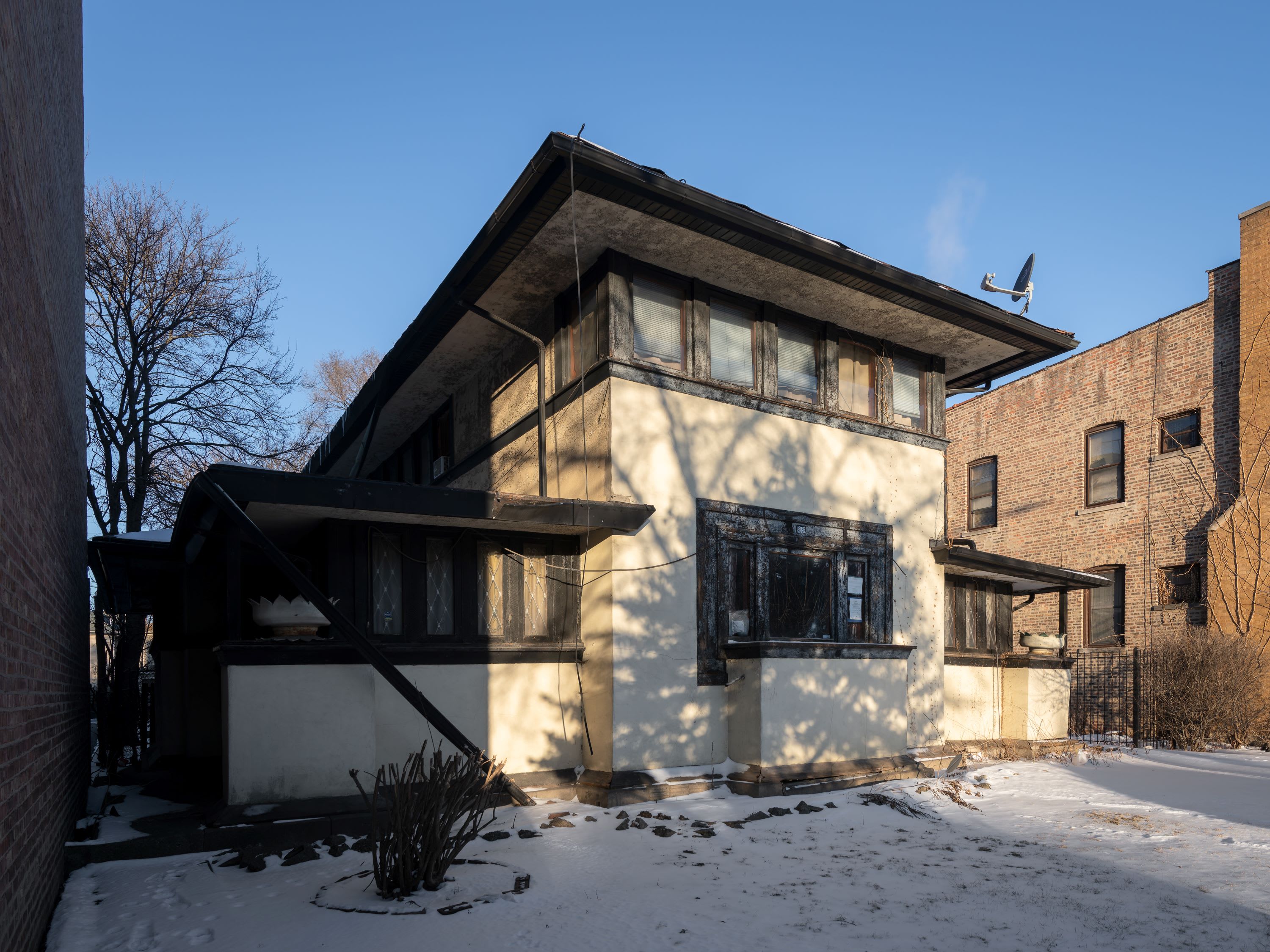 Why this rare Frank Lloyd Wright house is considered one of Chicago’s ‘most endangered’ buildings
Why this rare Frank Lloyd Wright house is considered one of Chicago’s ‘most endangered’ buildingsThe JJ Walser House has sat derelict for six years. But preservationists hope the building will have a vibrant second act
By Anna Fixsen